Abertam Cheese Recipe
Abertam cheese
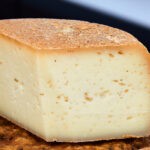
Abertam cheese is a traditional hard cheese that originated in the Czech Republic. The cheese is named after the village of Abertamy in the western part of the country, where it was first made in the 16th century. Abertam cheese was originally made by the farmers in the region to preserve the excess milk produced by their cows during the summer months. The cheese was aged for several months and served during the winter months when fresh milk was scarce. Today, Abertam cheese is still made using traditional methods and is popular throughout the Czech Republic and neighboring countries.
- Large stainless steel pot
- Thermometer
- Cheese cloth
- Cheese mold
- Cheese press
- 10 liters of cow’s milk
- 1/4 tsp of thermophilic culture
- 1/4 tsp of mesophilic culture
- 1/4 tsp of rennet
- 2 tbsp of cheese salt
- Heat the cow’s milk in a large stainless steel pot over low heat, stirring constantly to prevent the milk from scorching. Heat the milk to a temperature of 32°C.
- Add the thermophilic and mesophilic cultures to the milk and stir well.
- Dilute the rennet in 60 ml of cool, non-chlorinated water. Add the rennet to the milk and stir well for about a minute.
- Cover the pot and let the milk sit undisturbed for about 45 minutes to allow the rennet to coagulate the milk.
- After 45 minutes, check the coagulation by inserting a knife into the curd. If the knife comes out clean, the coagulation is complete.
- Cut the curd into small pieces and let it rest for about 10 minutes.
- Heat the curds to 38°C and stir gently for about 20 minutes.
- Drain the whey and pour the curds into a cheese cloth-lined cheese mold.
- Press the cheese for 12 hours, turning it occasionally.
- Remove the cheese from the mold and sprinkle the cheese salt over the surface of the cheese.
- Allow the cheese to age in a cool, humid place for at least 3 months, or up to 1 year for a sharper flavor.
Abertam cheese can be made with either raw or pasteurized cow’s milk.
The cheese should be aged on wooden shelves to allow for proper air circulation and prevent mold growth.
During the aging process, the cheese should be turned regularly to prevent any uneven mold growth or moisture buildup.
The longer the cheese is aged, the sharper and more complex its flavor will become.

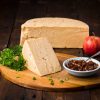
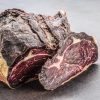

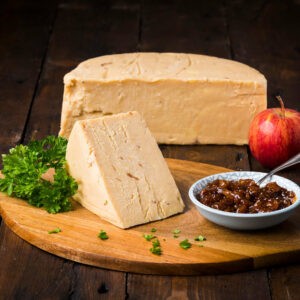
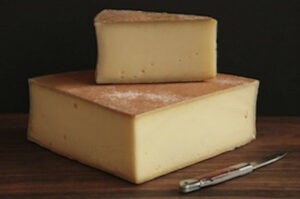
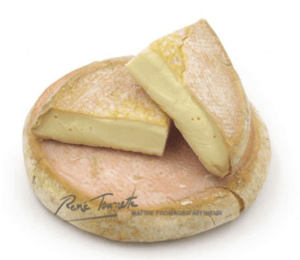

Leave a reply
You must be logged in to post a comment.